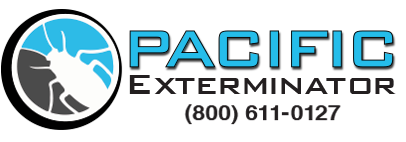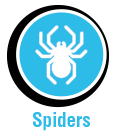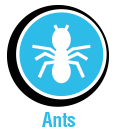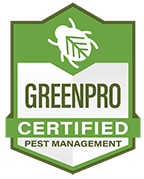Termite
Control
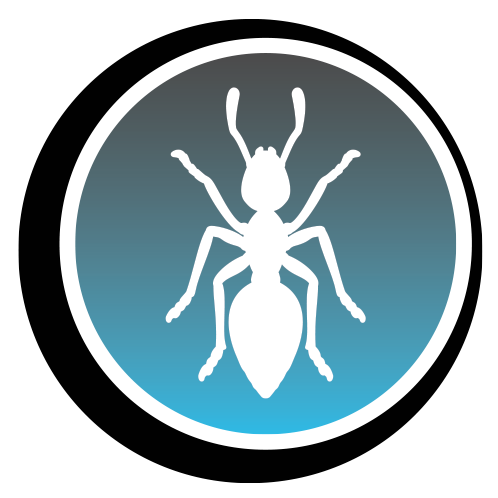
Residential & commercial termite control
Most people often can easily confuse termites with tiny ants. These tiny insects can be difficult to spot and, if not caught and detected early, can cause severe damage. Annually, termites caused over $1 billion dollars in property damage in the US. Termites within the home can’t tell the difference between rotting wood and solid wood. To termites, all wood is a substantial food source. The reason these devastating pests are so difficult to spot by the untrained eye is that they often live within the structure, home, or even underground.
Detecting the presence of termites can be difficult if the individual does not know exactly what to look for. Pacific Exterminator technicians have the necessary training & experience to handle any infestation.
Different Types of Termites
There are two types of termites that threaten homes in California
Subterranean Termites:
Live underground in the soil. These termites create exploratory tubes and drop tubes that create a passage from the soil and into a structure. They will travel through the tubes and enter a structure and feed on the wood before returning back through the tubes and into the soil. These termites are common in California and can be found in fallen trees and rotten wood stumps. The colony size of Subterranean Termites can be considerably larger than the colony size of Drywood termites, which means the amount of damage can be more extensive and done very quickly. These termites can go throughout a home undetected, causing an extensive amount of damage, until they begin to build a mud tube on the side of a wall during the Spring season.
Drywood termites:
Live within the dry lumber used for structures, decks, fences, and furniture. These termites work year-round and are the cause of millions of dollars of damage to homes and structures. The first indicators of these types of termites are kick-out holes. These kick-out holes are what the termites use to push out fecal pellets. Another indicator of dry wood termites can be detected during the fall when colonies send Swarmer Termites to start new colonies.
Termite Inspections
- Initial inspection:
- Interior inspection (bedrooms, kitchen, bathrooms, etc.)
- Attic inspection
- Exterior inspection of the home and detailed diagram drawing
- Inspect eaves, window frames, door frames, walls, columns, and patios
- If there is a crawl space area, we will crawl under the home and inspect the framing, beams, foundation, floors, and bathroom areas under the home.
Termite Fumigation
This course of treatment requires a home to be tented. This treatment is the only 100% proven effective method when dealing with an infestation. Fumigation is able to get into the areas that are known and not known to be infested, including inaccessible areas that are possibly infested by Dry Wood termites.
Localized Spot Treatment (two types)
Heat Spot treatment:
Technicians introduce clean, dry heat into the structure, gradually increasing the temperature until the wood core reaches 130 degrees. Technicians then maintain the temperature at or above that level for 1.5 hours to ensure a complete kill. The entire procedure may be completed in as little as 8 hours.
The benefit of localized spot heat treatment is the process is relatively short when compared to the fumigation treatment and doesn’t require the inhabitants of a home to leave for days. For larger structures, such as apartment buildings, the process can be done either throughout the entire structure at once, or separately.
Chemical Spot Treatment:
During our chemical spot treatment, our technician will inspect the areas of the structure and look for any kick out holes. Kick out holes are small holes that the termites will kick out pellets. Using a small drill, we will go into these holes and inject a chemical, Termidor, into the openings. The termites will be unaware of the presence of the chemical and will ingest it through their exoskeleton and spread it along through the rest of the colony. For Subterranean Termites, Termidor is injected straight into the soil around a structure instead of into the walls.
Prevention:
- Make sure to keep any clusters of piled wood or debris away from the home.
- Ensure that the home is secure. Make sure any screen and doors properly fit the home.
- Rid the home of any excess moisture. Fix any leaky pipes and air conditioning units or any other equipment that may leak. Once secured, maintain them.
- Make sure the yard or garden surrounding the home is well kept.
- Call a professional.
The number one best thing a person can do to protect their home from these potentially devastating pests is to have a professional come out and inspect. Call Pacific Exterminator today to schedule a consultation.
